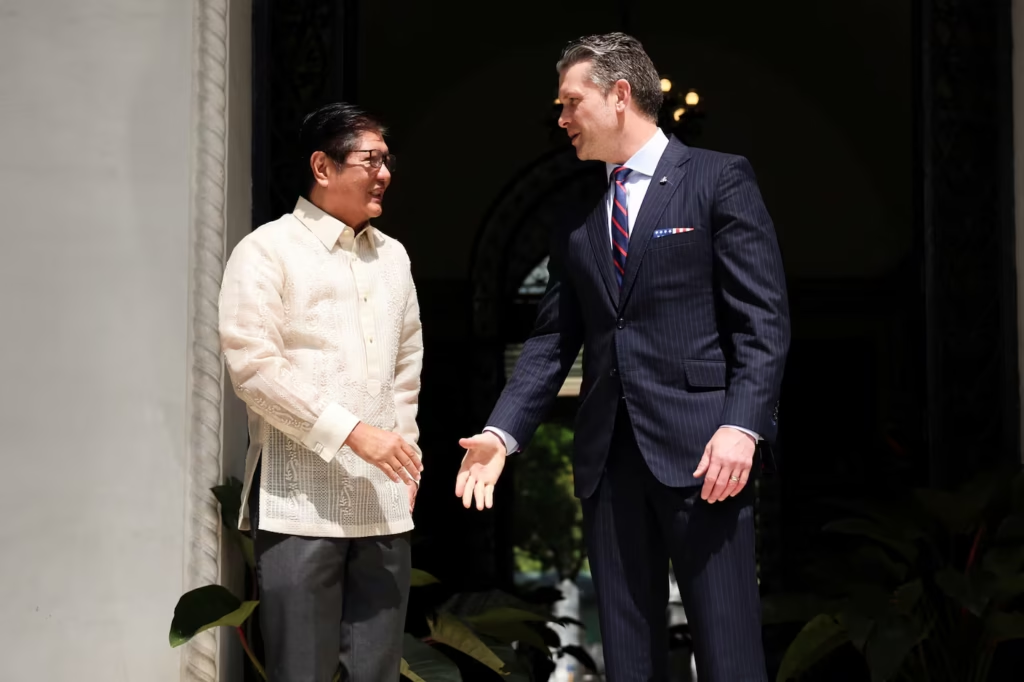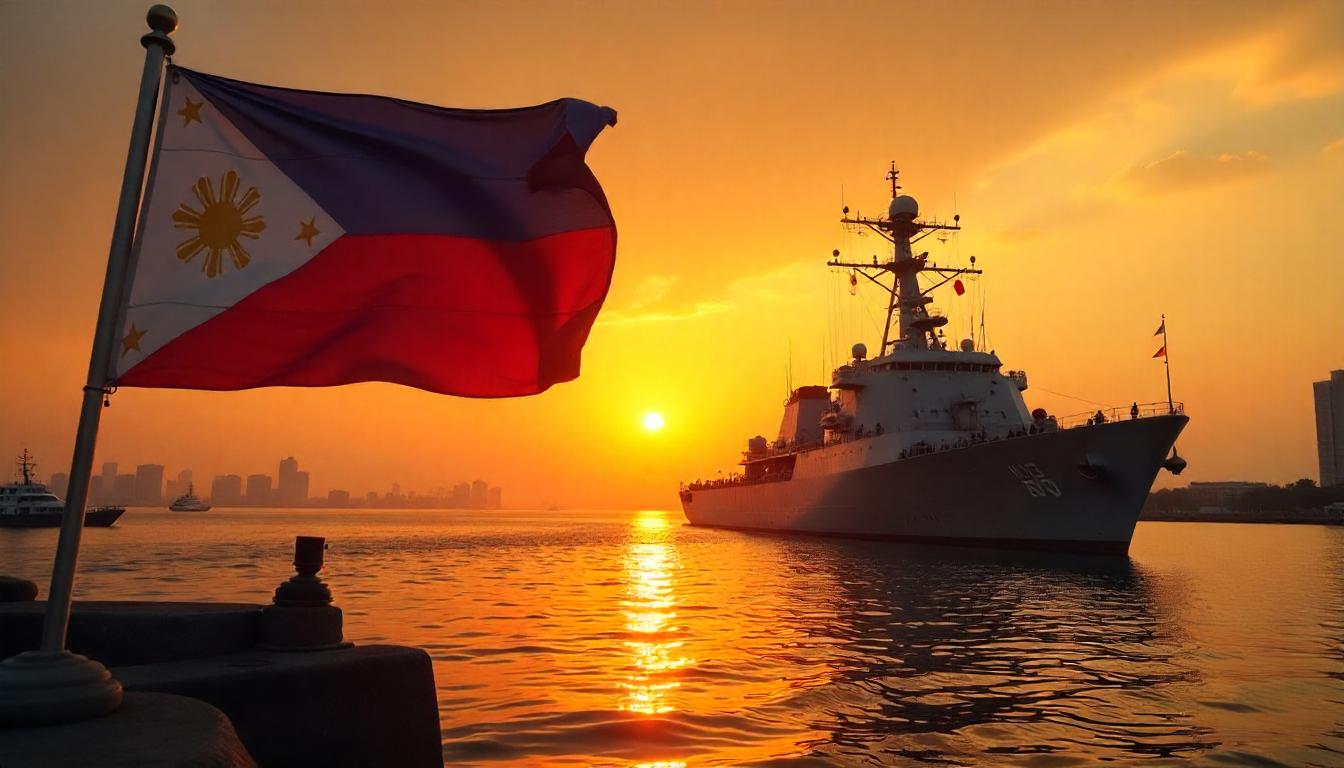Introduction
In a dramatic development, massive shipments of U.S. military equipment have recently arrived in the Philippines, signaling a significant shift in the regional balance of power. This move comes under the framework of the 1951 Mutual Defense Treaty between the United States and the Philippines, a longstanding agreement that commits both nations to defend each other against external armed attacks, particularly in the Pacific region.
This influx of military support is not just about honoring old alliances — it’s also a direct response to the growing tensions between China and the Philippines over disputed territories in the South China Sea.
How the Korea-Japan-China Trade Deal Changes Everything
Rising Tensions in the South China Sea
Over the past year, skirmishes between Chinese and Philippine vessels have become increasingly frequent and aggressive. Chinese maritime militias and coast guard ships have been accused of harassing Philippine fishermen, blocking resupply missions, and even ramming smaller boats in disputed waters. Manila has filed numerous diplomatic protests, but the situation on the ground — or rather, at sea — continues to deteriorate.
For the Philippines, China’s assertiveness represents a clear and present danger to its territorial integrity. For the United States, these provocations offer a crucial opportunity to reaffirm its commitment to regional allies and push back against China’s growing regional dominance.
Why the Sudden Surge of US Military Support?
Several factors have triggered the sudden and massive arrival of U.S. military equipment:
- The Mutual Defense Treaty mandates U.S. support in the face of external aggression.
- Escalating conflicts between China and the Philippines have raised alarms in Washington about the security of key maritime routes.
- The ongoing U.S.-China Trade War, reignited and worsened in late 2024 and early 2025, has added another layer of competition between the two global giants.
- Curbing China’s Global Influence is now a top priority for the United States, not only economically but also militarily and diplomatically.
The U.S. is keen to demonstrate that it still holds sway in the Asia-Pacific, where China has been expanding its influence through its Belt and Road Initiative, military base construction on artificial islands, and increasing bilateral trade agreements with smaller nations.
What Kind of Equipment Has Arrived?
According to official reports and satellite imagery:
- Advanced missile defense systems have been deployed to strategic locations.
- Armored vehicles and mobile artillery units have been stationed near potential conflict zones.
- Surveillance drones and radar systems have been set up to monitor maritime activities.
- Additional fighter jets and naval vessels are now stationed at key Philippine bases.
Furthermore, U.S. troops are conducting joint exercises with Philippine forces to enhance interoperability, rapid deployment capabilities, and coastal defense tactics.

Philippine President Ferdinand Marcos Jr. meets with U.S. Defense Secretary Pete Hegseth at the Malacañang Palace in Manila, March 28, 2025. (Photo: Basilio Sepe/Reuters)
What Happens Next?
As U.S. military equipment continues to pour into the Philippines, the region braces for heightened tensions. In the coming months, expect more joint military exercises between U.S. and Philippine forces, including live-fire drills and naval patrols near contested waters.
Meanwhile, China is likely to respond by ramping up its own military presence in the South China Sea, possibly conducting more aggressive maneuvers to assert its claims. The Philippines, while bolstering its defense capabilities, must carefully manage its relationship with both superpowers to avoid being caught in the crossfire.
With the U.S.-China trade war still unresolved and military posturing on the rise, Southeast Asia could become the next major theater in an intensifying global rivalry.
Conclusion
The arrival of massive U.S. military reinforcements in the Philippines is more than just a logistical move — it’s a powerful statement. As tensions with China rise, the United States is making it clear that it is prepared to defend its allies and maintain its influence in the Asia-Pacific. However, the stakes are high, and the risks of escalation cannot be ignored.
The world is watching closely.

